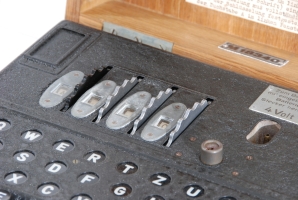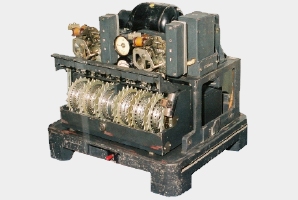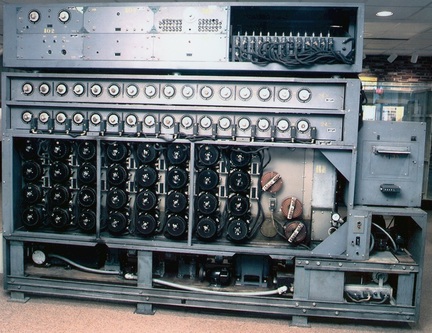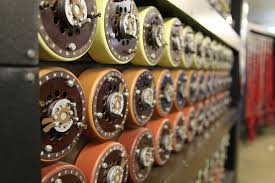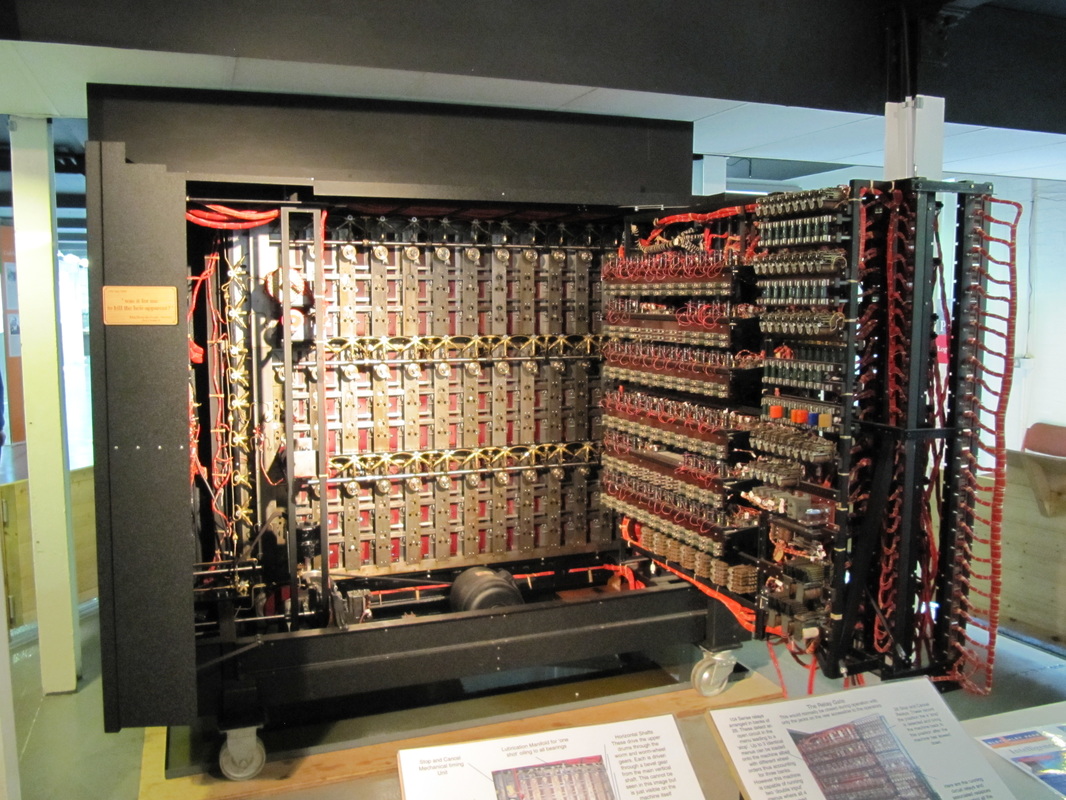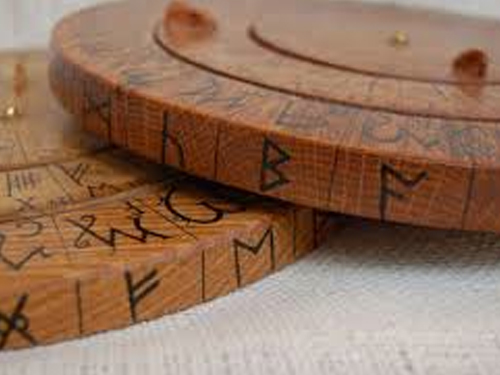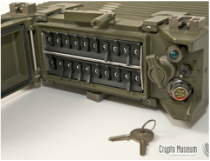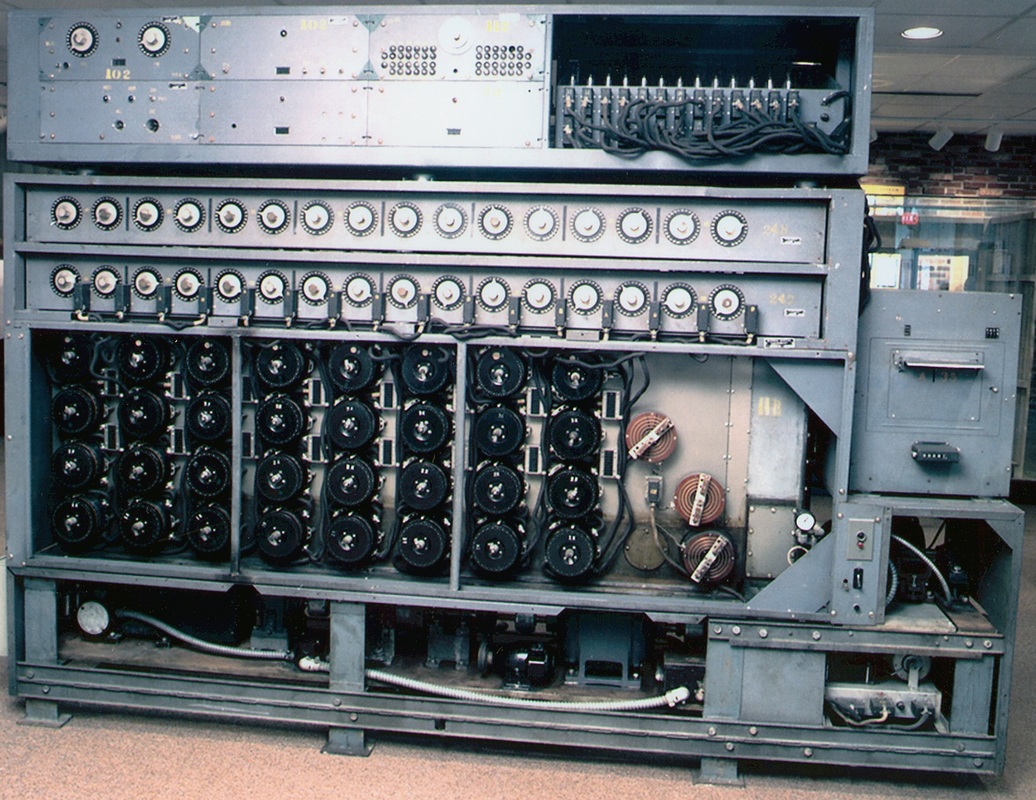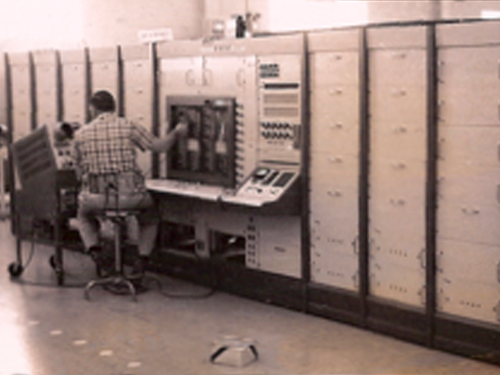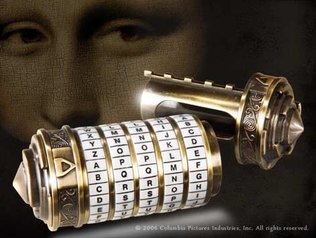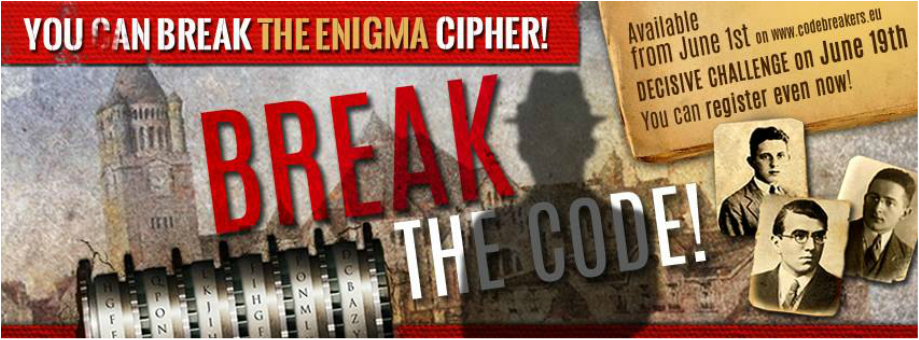“Alice had got so much into the way of expecting nothing but out-of-the-way things to happen,
that it seemed quite dull and stupid for life to go on in the common way.” ― Lewis Carroll, Alice in Wonderland
that it seemed quite dull and stupid for life to go on in the common way.” ― Lewis Carroll, Alice in Wonderland
ENIGMA M4Because Admiral Karl Dönitz, head of the U-Boat section of the German Navy had his doubts, three extra wheels were introduced (VI, VII and VIII), exclusively for the Kriegsmarine. But that wasn't all he changed. On 2 February 1942, completely out of the blue, the German Navy introduced the Enigma M4, a four-wheel machine, exclusively for U-Boat communication. At the same time they changed their codebooks, leaving the codebreakers at Bletchley Park in
the dark.
Apparently, Dönitz, had managed to fulfill the logistic nightmare of replacing all existing M3 machines by the new M4. But as the code was changed overnight, and the rest of the Navy was still using the 3-wheel machine, Turing figured that the machines were somehow compatible.
He turned out to be right. When the 4th wheel was set at 'A', the machine would behave like the old M3. This was done, for example, when communicating with the Naval Weather Service. Furthermore, the 4th wheel never moved during encypherment, making it effectivelty a selector between 26 different reflectors (UKW). Turing soon managed to recover the full wiring of the extra wheel, but was in desperate need for new codebooks in order to read the U-Boat traffic. In the event it took until 30 October 1942, nearly 9 months after the introduction of the M4, before new codebooks were captured. In the meantime, some 3-wheel Bombes had been adapted for attacking 4-wheel Enigma traffic and orders were given to Doc Keen at BTM for the development of an enhanced Bombe.
THE LORENZ SZ-40/42
|
THE AMERICAN BOMBEAlthough the British 4-wheel Bombe worked as expected, it faced many problems. At this stage of the war, Great Britain had shortages of nearly everyhing. As a result, BTM was unable to deliver enough machines in time and the machines that were delivered often had contact problems.
Since their involvement in the war in 1942, the Americans had been pushing the Brits to share their knowledge about the Bombe and allow them to copy its design. Finally, in late 1942, when the British 4-wheel Bombe was facing problems and the daily losses in the Battle of the Atlantic were accumulating, the Brits finally gave in and allowed the US to build its own Bombe. United States Naval Computing Machine Laboratory
Outside of Washington DC, and operated by the United States Navy during WWII. the US Naval Computing Machine Laboratory owned a highly secret design and manufacturing site for code-breaking machinery located in Building 26 of the National Cash Register (NCR) company in Dayton, Ohio. The US-Bombe was built by the National Cash Registers (NCR) in Dayton (USA), where it was developed by Joe Desch. Initially, the US Navy wanted him to build a fully electronic machine, but Desch found this to be impractible,
Please visit: CryptoMuseum.com
|
Old School
|
Gotta love a modern twist...
|
DaVinci Code Mini CryptexA modern cryptex looks ancient by design. Portable vault used to hide secret messages. It is a combination of the words cryptology and codex; "an apt title for this device" since it uses "the science of cryptology to protect information written on the contained scroll or codex"
(p. 199 of the novel). The first physical cryptex was created by Justin Kirk Nevins in 2004 |
Become a secret agent and experience the thrill of a spy-like adventure, get to know the secrets of cryptology and
break enemy messages!
break enemy messages!
Cryp·tex
noun
noun
- A portable vault used to hide secret messages, consisting of a cylinder divided into rings that must be lined up correctly in order to open the cylinder and reveal the message contained within;
supposed to have been designed by Leonardo da Vinci.
